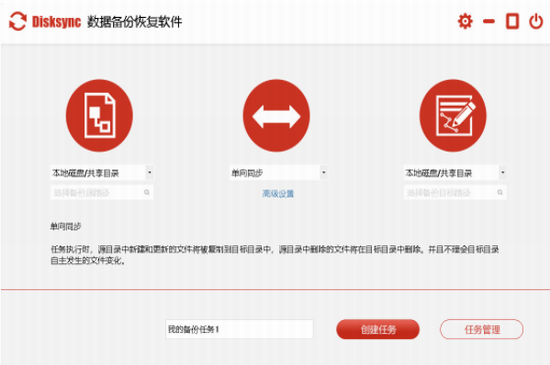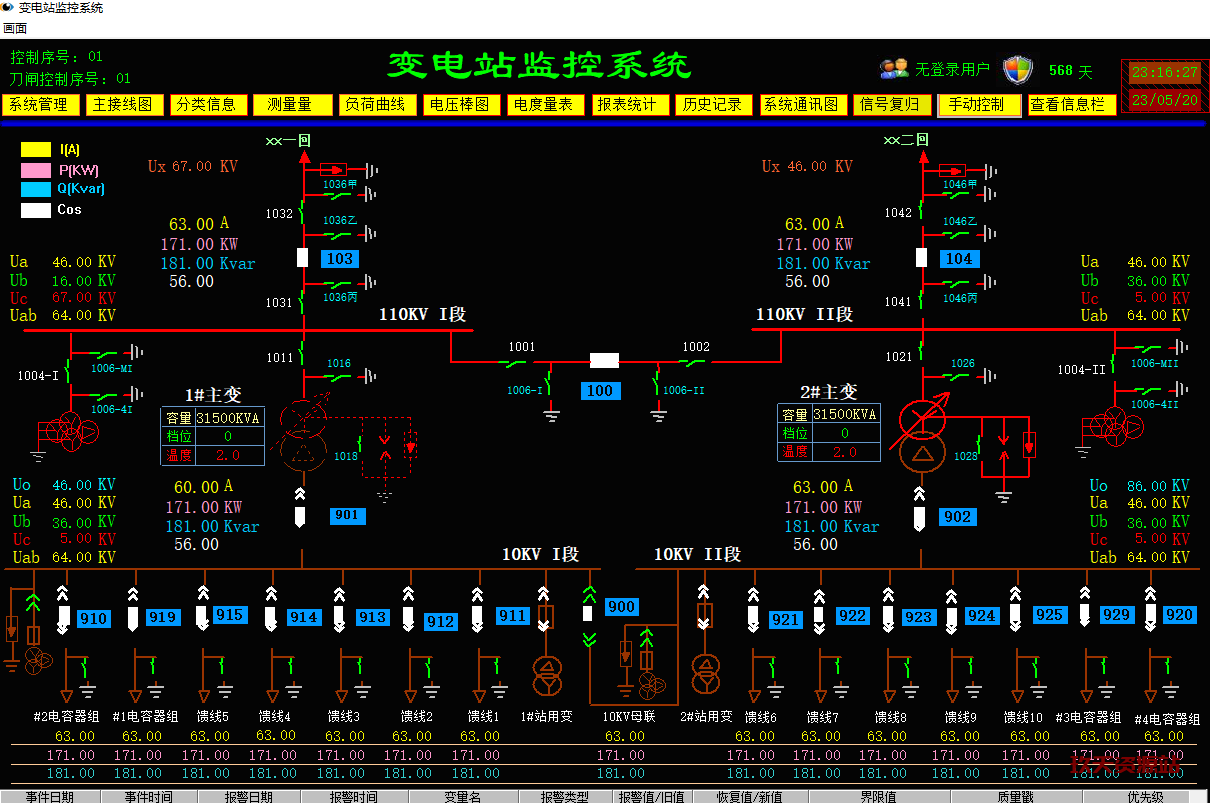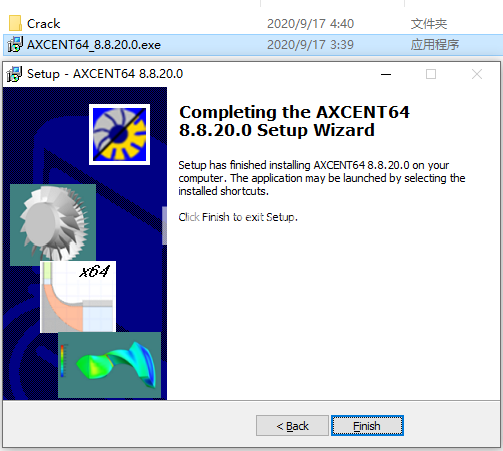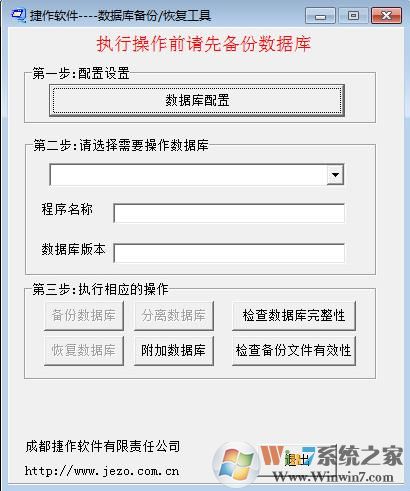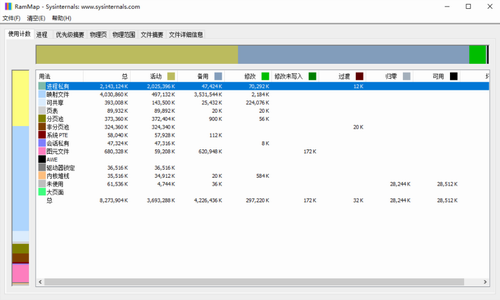CLC Genomics Workbench 23|CLC Genomics Workbench 23.0.2许可证激活教程
CLC Genomics Workbench是一个功能强大的解决方案,适合任何物种、任何平台、任何工作流程的NGS数据分析!用于分析,比较和可视化下一代测序数据,具有直观和用户友好界面的跨平台桌面应用程序,融合了最先进的技术和算法。包括基因组学,转录组学和表观基因组学的众多功能,知识兔支持所有主要的下一代测序平台,知识兔使用QIAGEN CLC Genomics Workbench 23扩展您的研究,现在具有Sanger测序工作流程,性能增强,长读RNA测序分析,单元型调用者*和HID面板支持*的功能。分享一整套包括微生物和宏基因组学,单细胞分析或小基因组处理的功能,欢迎有需要的朋友不要错过了! .
.
Create K-medoids Clustering for RNA-Seq finds clusters of features, e.g., genes/transcripts/miRNAs etc, whose expressions behave similarly, for example first increasing over time and then decreasing. The tool produces a Clustering Collection which contains a Sankey plot showing how these features move between clusters under different conditions, for example different treatments. A line graph representation of features from individual clusters or pairs of clusters is present as well.
来自插件的新工具
Detect and Refine Fusion Genes – Find fusion genes in RNA-Seq data by identifying potential fusions and then refining that list by evaluation of the evidence for each fusion. This is an updated version of the tool formerly distributed in the Biomedical Genomics Analysis plugin. The updates made are listed in an Improvements section below.
Target Region Coverage Analysis – Analyze and compare coverage from multiple samples. This tool was formerly distributed in the Biomedical Genomics Analysis plugin.
Create Consensus Sequences from Variants – Create consensus sequences from a variant track and a reference sequence. This tool was formerly distributed in the Biomedical Genomics Analysis plugin.
Annotate with GFF/GVF/GTF file – Add annotations from a GFF, GVF or GTF format file onto sequences, individual or in sequence lists. This tool was formerly distributed in the Annotate with GFF file plugin.
其他新功能和改进
RNA-Seq 分析工具
New tutorial: Get hands-on experience with new RNA-Seq analysis functionality, including Create K-medoids Clustering for RNA-Seq (see New Tools above), with the RNA-Seq analysis with four tissues and six timepoints tutorial.
Improvements to RNA-Seq Analysis:
Substantial speed improvements. Reads that map to multiple transcripts or genes will be distributed differently than earlier due to different choices of random seed in the new implementation. The algorithm is still deterministic.
Transcripts are no longer renamed in Transcript Expression (TE) output unless renaming is necessary to avoid duplicate names. Previously, transcripts were renamed to the gene name plus a number e.g. “BRCA_1”. This change means that TE tracks in this version of the software cannot typically be used together with TE tracks generated using older versions to produce Heat Maps, PCA plots, Expression, etc.
Reports UMI fragment counts when relevant. UMI counts are included in the Fragment statistics section of the report if the input reads are annotated with UMIs by tools from the Biomedical Genomics Analysis plugin, and if the library type is set to 3? sequencing for RNA-Seq Analysis.
Improvements to Heat Maps:
Samples can be ordered by the Tree, Sample, or Active metadata layer options, or any individual metadata entry.
Optimize tree layouts – a new option for reordering features to produce a top-left to bottom-right diagonal.
The order of the metadata categories can be adjusted. This order is reflected in the legend.
Metadata categories are alphabetically sorted.
The Expression Browser includes a new plot for visualizing genes across samples and contrasts and metadata categories are sorted alphabetically.
Venn diagrams support four and five groups. Previously up to 3 were supported. Tooltips indicate which groups are part of a specific intersection.
PCA plots produced by PCA for RNA-Seq:
Have two table views. The first table view shows the loadings of the principal components. The second table view shows the coordinates of the points.
The order of the metadata categories in 2D PCA plots can be adjusted. This order is reflected in the legend.
miRNA 分析工具
Quantify miRNA:
Handles custom databases containing duplicated names.
Does not allow custom databases containing sequences longer than 60bp. This avoids misallocation of reads to sequences that are similar to small RNAs.
When adding multiple inputs to Extract IsomiR Counts, the extracted expression tables contain an entry for the combined set of IsomiRs identified among the samples, making them compatible for analysis in Differential Expression in Two Groups and Differential Expression for RNA-Seq.
两组RNA-seq的差异表达和差异表达
A new option for creating a subset has been added to the miRNA Statistical Comparison Table produced by Differential Expression for RNA-Seq and Differential Expression in Two Groups.
It is possible to downweigh outliers. This option is disabled by default and recommended only when the results seem enriched for genes that are expressed at anomalously high levels in a small proportion of samples.
The Max Group Means column of Statistical Comparison Tracks and Tables now shows TPM instead of RPKM. Note that this column is used for filtering data in tools such as Create Heat Map for RNA-Seq and the Pathway Analysis tool of the Ingenuity Pathway Analysis plugin.
下载仅供下载体验和测试学习,不得商用和正当使用。
